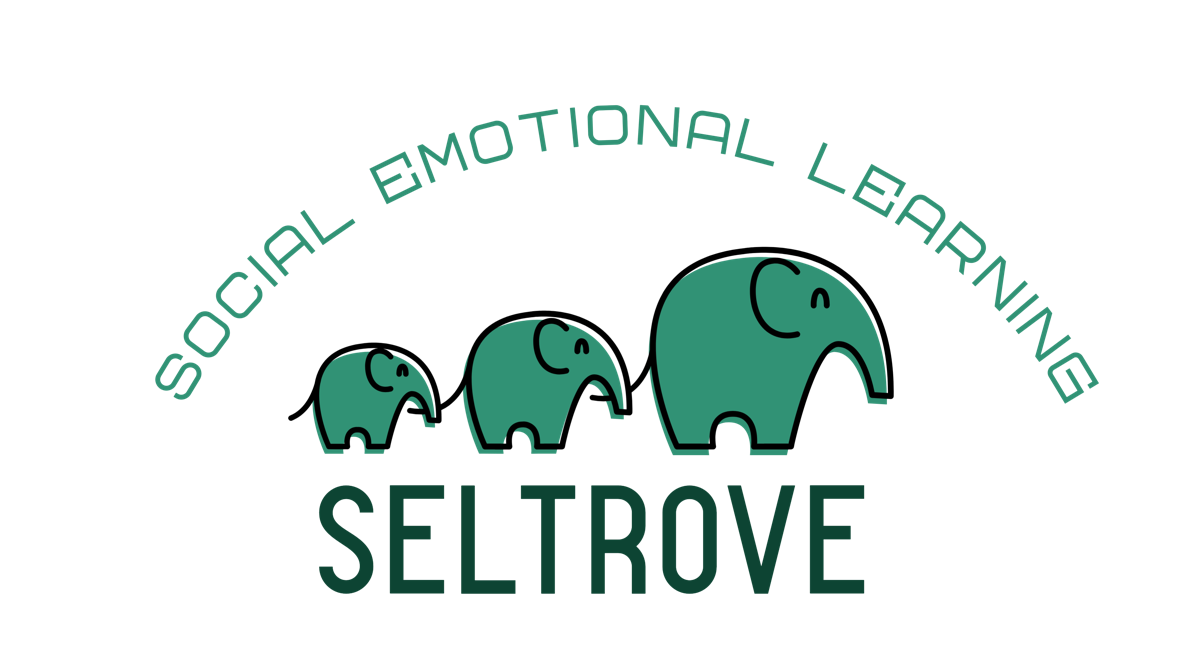
Balancing AI and Authenticity: Ensuring Human Connection in SEL-Focused Classrooms
Generative AI has emerged as a powerful tool in education, offering personalized learning, automation, and data-driven insights. But as schools adopt AI tools to enhance social-emotional learning (SEL), a critical question arises: How do we maintain authentic human connection in classrooms increasingly shaped by technology?
This isn’t a trivial concern. At its core, SEL is about relationships, empathy, and emotional presence—qualities that machines can mimic but never fully embody. Balancing AI and human connection in education is key to ensuring that SEL remains meaningful, equitable, and true to its purpose.
In this article, we explore how to harness AI’s benefits without compromising authenticity, along with best practices and pitfalls to avoid.
Why Human Connection Is Essential in SEL
The Collaborative for Academic, Social, and Emotional Learning (CASEL) defines SEL as the process of acquiring and applying the knowledge, skills, and attitudes to develop healthy identities, manage emotions, build supportive relationships, and make responsible decisions (CASEL, 2021).
These competencies are nurtured in the context of real human interactions:
A teacher’s validating smile,
A peer’s compassionate response,
The vulnerability of face-to-face conversations.
When SEL becomes overly automated, it risks losing the relational depth that makes it effective.
The Allure of AI in SEL
AI tools have undeniable benefits:
Personalized learning experiences,
Real-time feedback and coaching,
Scalable interventions for large classrooms,
Accessibility for multilingual and neurodiverse learners.
Platforms like ChatGPT, Woebot, and Diffit can simulate conversations, offer reflective prompts, and help students practice empathy in controlled environments.
According to the Brookings Institution, AI’s potential to enhance SEL lies in its ability to scale practice opportunities and tailor content to individual needs (Brookings AI in Education, 2023).
The Risk: Transaction Over Transformation
The danger is that, over time, educators might:
Rely on AI for emotional support that should come from humans,
Allow AI to mediate key relational moments,
Prioritize efficiency over authentic engagement.
This can create a classroom where students are doing SEL activities but missing the deep, human-centered learning those activities are meant to foster.
The result? SEL becomes transactional—a checklist of prompts and responses—rather than transformational.
Benefits of AI When Balanced with Human Connection
✅ Enhanced Teacher Capacity
By automating admin tasks (e.g., grading, materials prep), AI frees teachers to focus on relationship-building and emotional presence.
✅ Scaffolding for Challenging Conversations
AI can help students practice difficult conversations privately before bringing those skills into live peer interactions.
✅ Inclusivity and Accessibility
AI supports multilingual learners and students with disabilities by offering real-time translation, personalized content, and alternative formats.
✅ Data-Driven Insights
Aggregate data helps teachers spot patterns (e.g., class-wide stressors) and tailor interventions more effectively.
Pitfalls and Ethical Considerations
🚩 1. Over-Automation of Emotional Labor
Teachers and students may come to depend on AI for tasks that require human judgment, empathy, and nuance—eroding natural opportunities to practice relational skills.
🚩 2. Loss of Authentic Voice
AI may generate polished responses that don’t reflect a student’s true thoughts or feelings—hindering authentic expression and self-awareness.
🚩 3. Emotional Displacement
Relying on AI companions or journaling bots could lead students to misplace trust and emotional energy, confusing simulated empathy with real care.
🚩 4. Cultural and Contextual Bias
AI tools can inadvertently misrepresent emotional norms or feedback across different cultures and contexts—requiring human oversight to maintain relevance and respect.
Best Practices for Balancing AI and Authenticity
✅ 1. Keep Humans at the Center
Use AI to enhance—not replace—human interactions. SEL conversations, conflict resolution, and emotional check-ins should always involve real people.
✅ 2. Use AI as a Warm-Up, Not a Substitute
AI is effective as a preparatory tool. Let students explore prompts or scenarios with AI, then bring their reflections into peer or teacher-led discussions.
✅ 3. Be Transparent
Teach students that AI is a support tool, not a sentient companion. Clarify its role and limitations to build digital literacy and emotional clarity.
✅ 4. Reflect and Debrief
After any AI-facilitated SEL activity, prompt students to reflect:
How did this feel different from a human conversation?
What did you learn, and what was missing?
How can you apply this in real-life interactions?
✅ 5. Regularly Audit AI Tools
Ensure AI content is:
Age-appropriate,
Culturally sensitive,
Emotionally intelligent.
Involve students and community stakeholders in evaluating AI’s impact on classroom culture.
Global Insights and Case Studies
Finland’s SEL pilot blended AI-guided journaling with peer circles, finding that AI enhanced reflection but required teacher-led debriefs to deepen learning.
Singapore’s Ministry of Education stresses the importance of teacher-facilitated SEL, using AI only to support—not deliver—emotional instruction.
The OECD’s 2023 report highlights that hybrid models—human + AI—produce the best outcomes for SEL (OECD, 2023).
Conclusion: Authenticity Amplified, Not Replaced
AI is a powerful ally for personalized, accessible SEL—but it can never replicate the magic of human connection. Classrooms thrive when students feel seen, heard, and cared for by real people. That’s the heart of authentic SEL.
By balancing AI’s efficiencies with relational depth, educators can create learning environments where technology enhances—but never eclipses—the human spirit.
In this evolving landscape, our guiding principle remains: SEL is about people first. AI’s role is to support, not supplant, the essential relationships that shape a student’s emotional journey.
Want to learn more?
Access classroom-ready turnkey resources for your SEL classroom. Our SEL resources are crafted to be both engaging and interactive, aimed at nurturing empathy, compassion, and well-being among students. With a commitment to creating inclusive and kind classroom environments, our suite of print and digital materials is designed to support educators in this mission
Featured links
-
SEL Print Workbooks
-
SEL Lightspeed Schoolwide
-
SEL K-12 Free Sample Guide
-
District Solutions
-
About us
Teacher Resources
Get in touch
-
516 North Ogden Ave, Suite 111 Chicago, IL 60642
-
andy@seltrove.com
-
312-224-2536